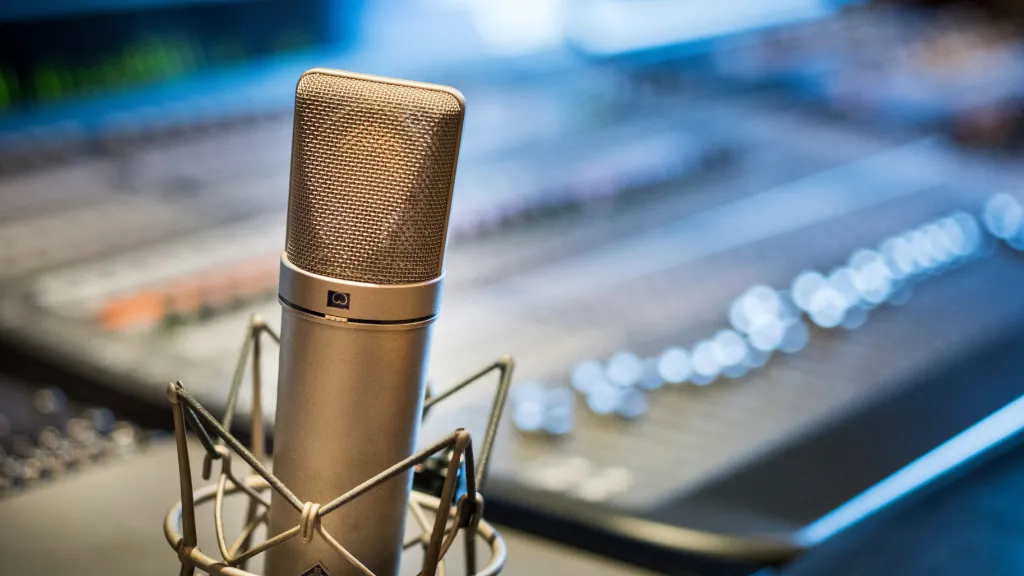Why Human Voice Overs Beat AI in Commercial Advertising
A key challenge in today's advertising world is crafting a message that resonates deeply with the audience. While AI-generated voices are cheap, there is something uniquely appealing about a human voice that connects on an emotional level. Marketers continue to favor human voice overs over AI, especially when it comes to creating compelling advertising that builds trust and fosters consumer engagement.
Introduction to the Rise of AI in Voice Overs
Technology has reshaped many aspects of advertising, and voice overs are no exception. AI-generated voices are now a reality, appealing to some advertisers with their perceived efficiency and cost-effectiveness. These synthetic voices can deliver clear messages without the scheduling or logistic challenges.
However, while AI may bring certain advantages, it struggles to capture the subtleties of human emotion. As the landscape of voice over continues to evolve, it is clear that there is still no replacement for the warmth and expression provided by a skilled human voice. This balance between innovation and authenticity sets the stage for why human voice overs remain crucial in commercials.
Advantages of Human Voice Overs in Commercials
Human voice overs come with a host of benefits that go far beyond merely reading a script. Here are some significant advantages:
- Emotional Nuance: Human voice actors naturally infuse their delivery with emotion, giving life to a story in ways that resonate with the listener. This level of expression is difficult for AI to mimic. For a deeper look at the difference in tone and emotion, check out this insightful article on Medium.
- Consumer Trust: Studies show that 87% of consumers tend to trust brands that use human-led voice interactions over fully automated ones. This trust builds a strong bond between the audience and the brand.
- Cultural Sensitivity: Human voice actors bring with them a grasp of cultural nuances, ensuring that a commercial resonates authentically with a diverse audience.
- Dynamic Delivery: With natural variations in tone, pitch, and rhythm, human artists help deliver messages that remain engaging throughout, keeping listeners captivated.
These advantages highlight why many brands continue to invest in human talent, especially in competitive markets where every nuance of delivery counts.
Emotional Connection and Consumer Engagement
Connecting with consumers on an emotional level is not just an advantage, it’s a necessity for advertisers. Human voice overs excel when it comes to emotional depth. The subtle shifts in tone and emphasis in a human delivery can convey feelings ranging from excitement and hope to empathy and urgency. This emotional variation is essential in making a lasting impression.
Research from the Journal of Retailing and Consumer Services even shows that human voices in short video advertisements reduce cognitive load, allowing consumers to process information effortlessly. Consequently, this can lead to stronger purchase intent. Viewers find themselves not just hearing a message but feeling it, which in turn drives engagement. Whether it's the gentle reassurance of a familiar tone or the energizing cadence of a call-to-action, human voices capture and hold attention in ways AI struggles to replicate.
Authenticity Versus Efficiency
Efficiency is often celebrated in the digital age, but authenticity remains the heart of impactful advertising. AI-generated voices, while fast and consistent, can sometimes fall short when it comes to genuine expression. The rigidity in tone, coupled with a lack of subtlety, can make an advert feel impersonal.
On the other hand, human voice actors bring a rich authenticity that builds consumer confidence. The natural imperfections and unique characteristics of a human voice communicate transparency, making commercials feel more relatable and sincere. In fields where trust is paramount, this authenticity is priceless.
Consumers today recognize and appreciate the human touch. They are more likely to engage with a brand that seems to care enough to invest in a real person rather than relying solely on automation. This understanding is key to creating adverts that are both memorable and persuasive.
Case Studies: Successful Human Voice Campaigns
Several brands have demonstrated the power of human voice overs in their campaigns. Consider the success stories where the human voice has not only conveyed the message but also strengthened the brand identity.
One example is a major beverage company that revamped its advertising with a relatable, warm-toned narration delivered by a well-known voice actor. The campaign successfully boosted consumer engagement, proving that personalization can make a significant difference in competitive markets.
Another case saw a global retailer using human narration to deliver their holiday messages. The familiar and comforting voice fostered a connection with shoppers, enhancing both trust and sales. While specific case study details are often proprietary, these examples underscore a common theme: authenticity in voice leads to effective communication.
Brands that have chosen human talent often notice an uptick in consumer trust and loyalty. For more examples of branded voice over successes, check out my commercial voice over demos.
Future of Voice Overs: AI and Human Collaboration
Looking ahead, it is not a question of AI versus human but rather how the two can enhance each other. AI technology continues to improve and can serve as a valuable tool in the preparation and production of voice overs. It may assist with tasks such as script analysis, initial casting suggestions, or even editing.
However, the final delivery, encompassing the depth of emotion and cultural nuances, will likely remain a distinctly human domain. The future may see a more integrated approach where AI provides efficient support while human voice actors deliver the heart of the performance. This collaboration can potentially streamline production while preserving the authenticity necessary for effective commercials.
By balancing technology with human insight, advertisers can achieve optimal results: efficiency without sacrificing the quality and emotion that make a campaign resonate.
Conclusion: The Irreplaceable Human Element
When it comes to commercials, there is no substitute for the human touch. Human voice overs bring an unmatched level of emotional depth, cultural sensitivity, and authenticity that AI-generated voices have yet to fully replicate.
Although AI remains useful for streamlining certain processes, the irreplaceable nuances of a human voice continue to drive consumer engagement and inspire trust. As the industry evolves, the most successful campaigns will likely stem from a blend where advanced tools support rather than replace the human element.
The right voice can make all the difference in connecting with your audience and making your message unforgettable.





